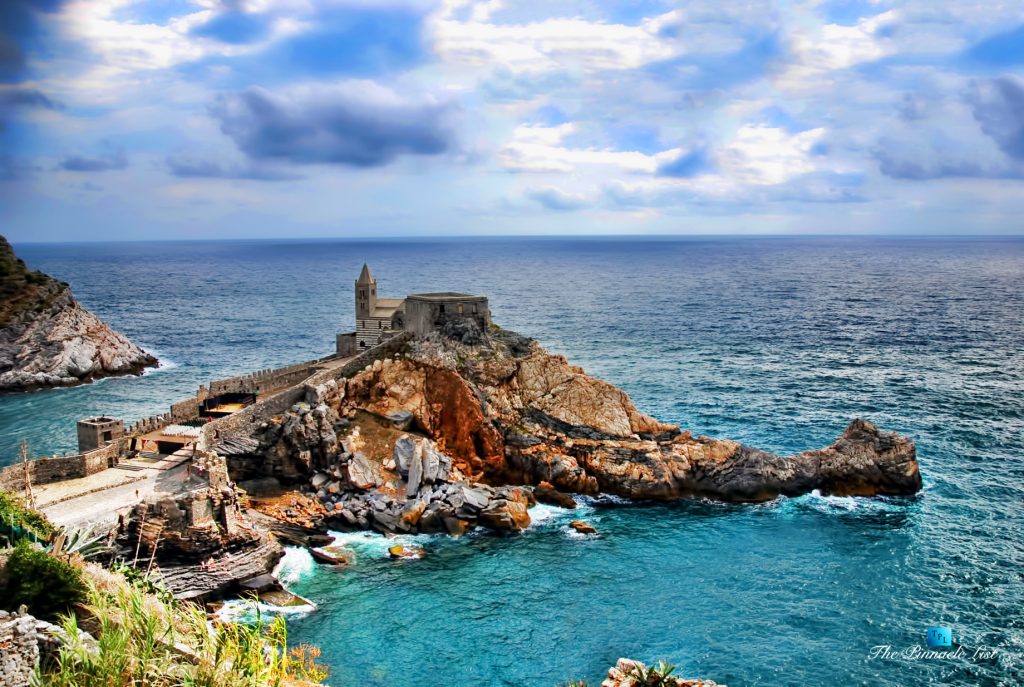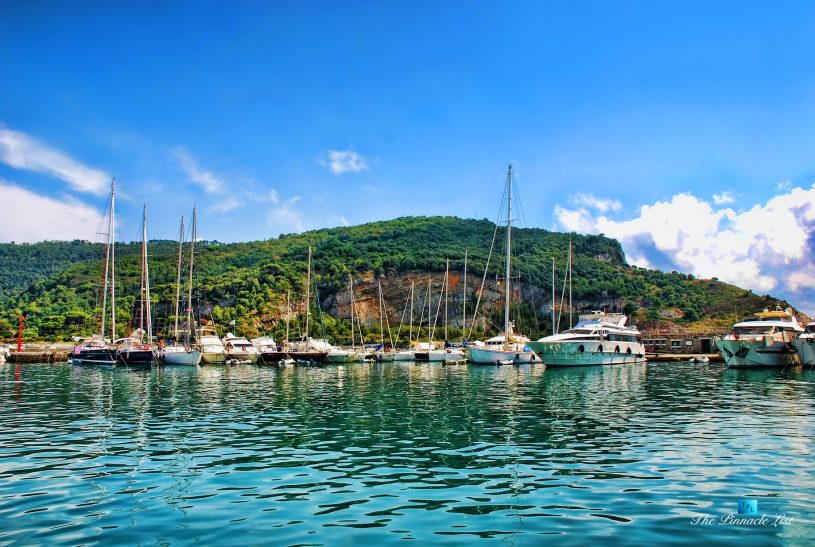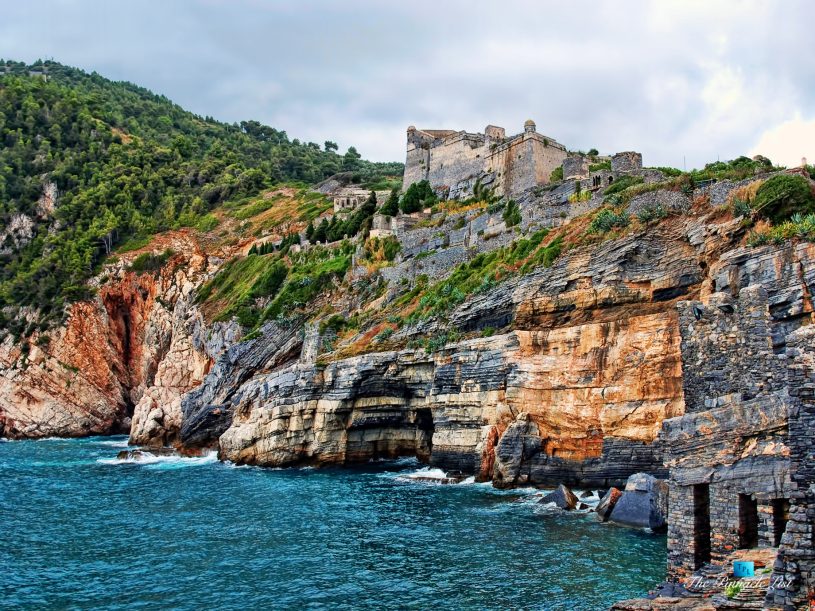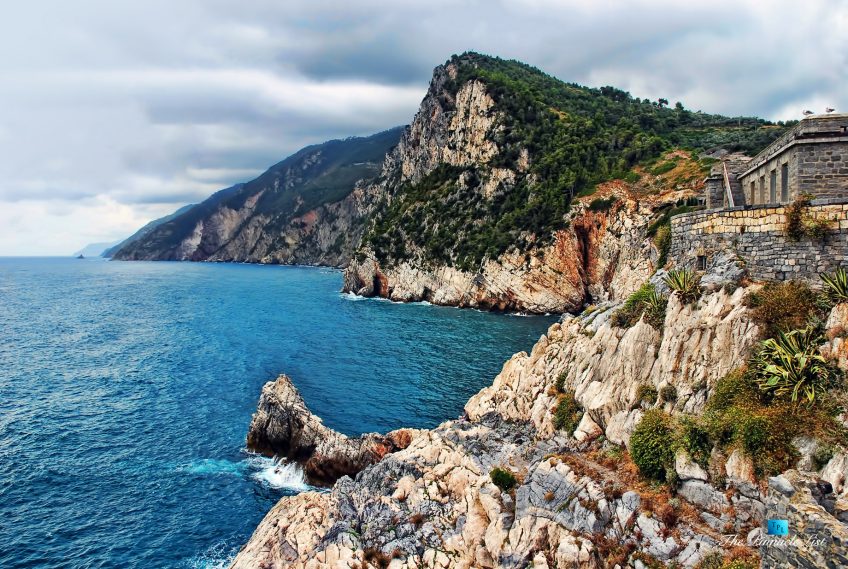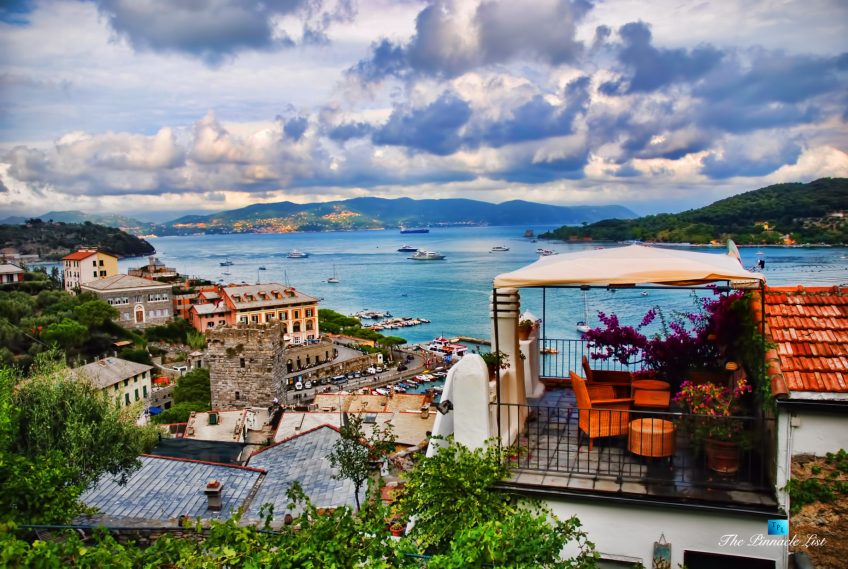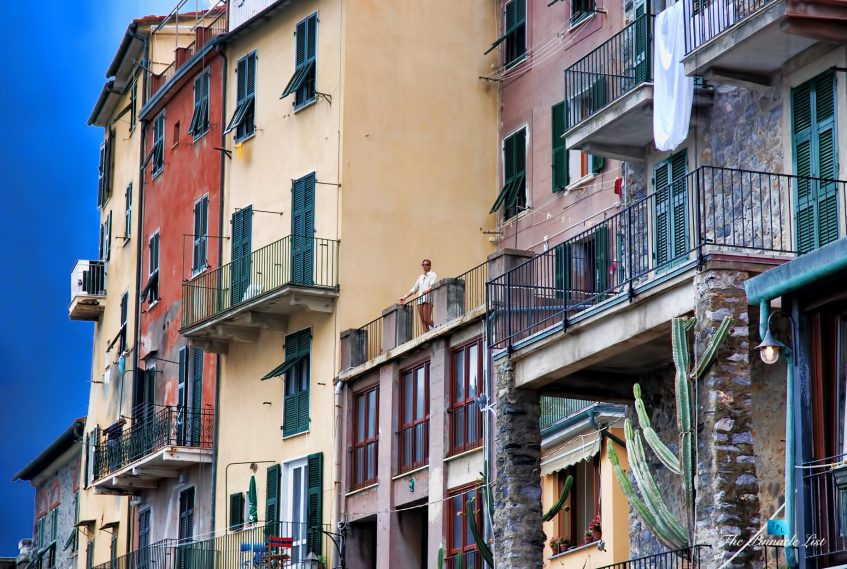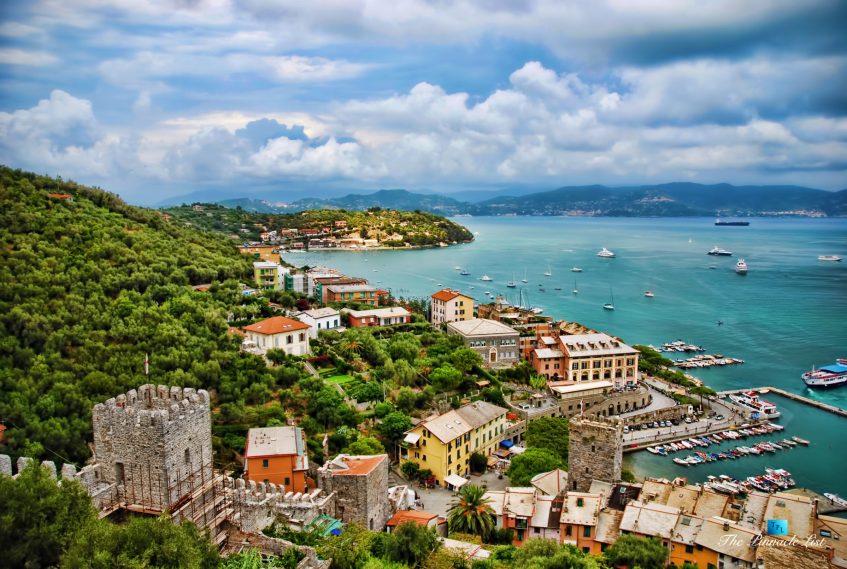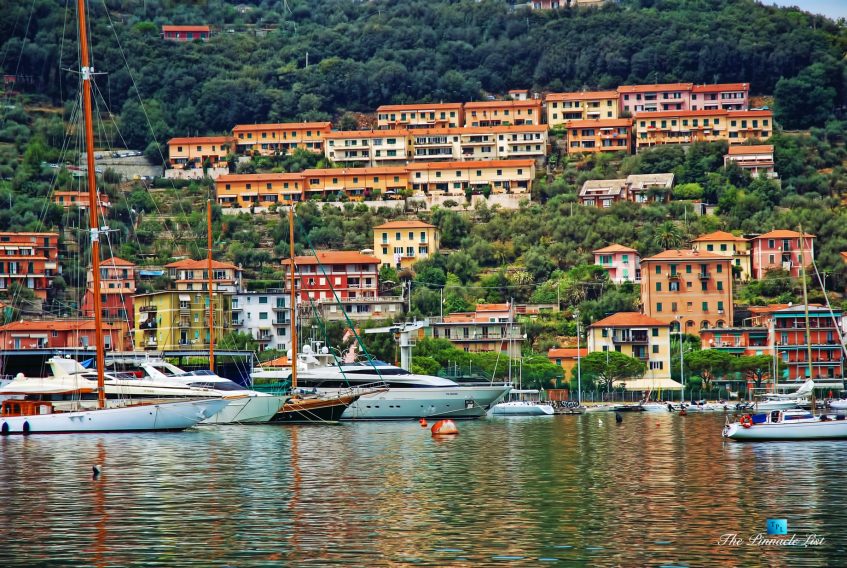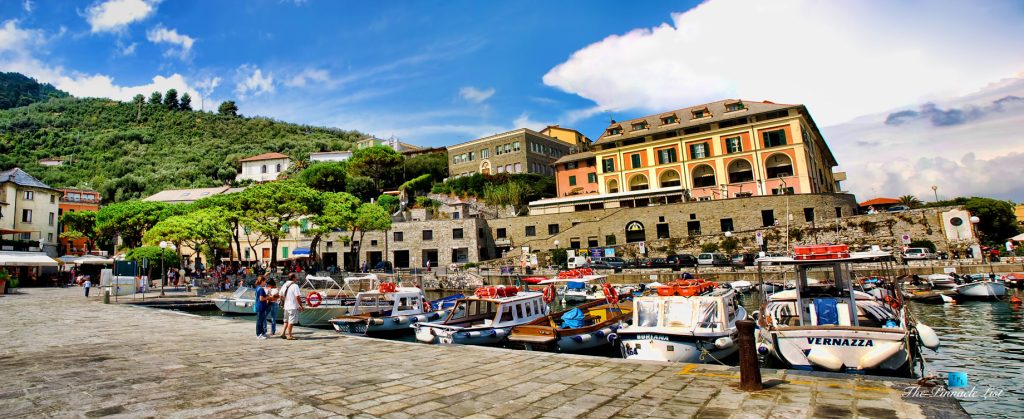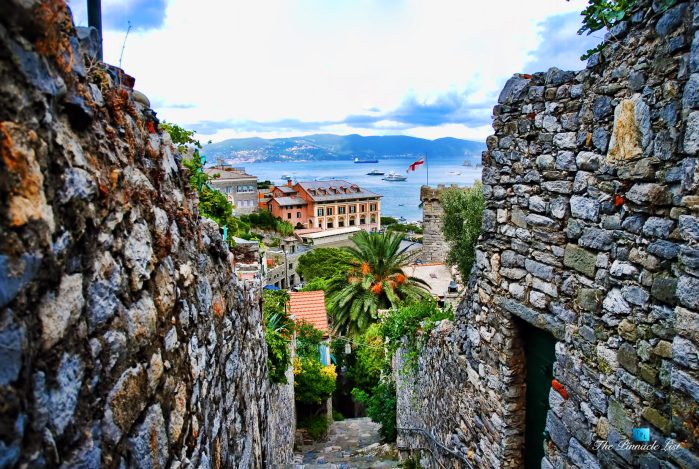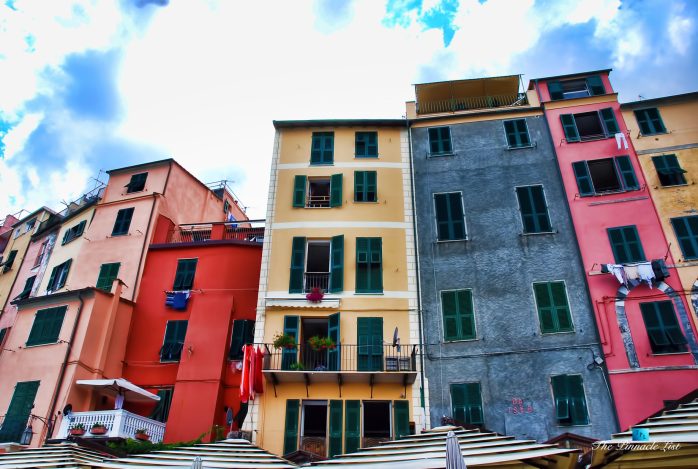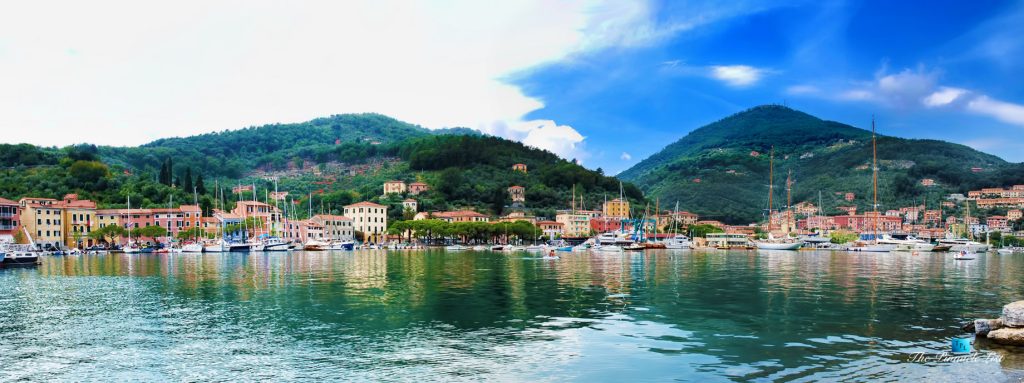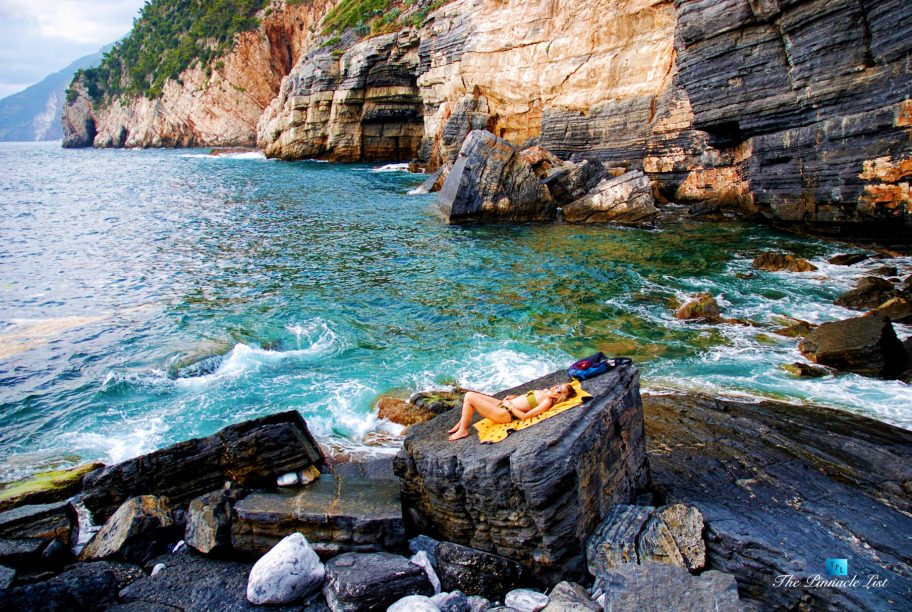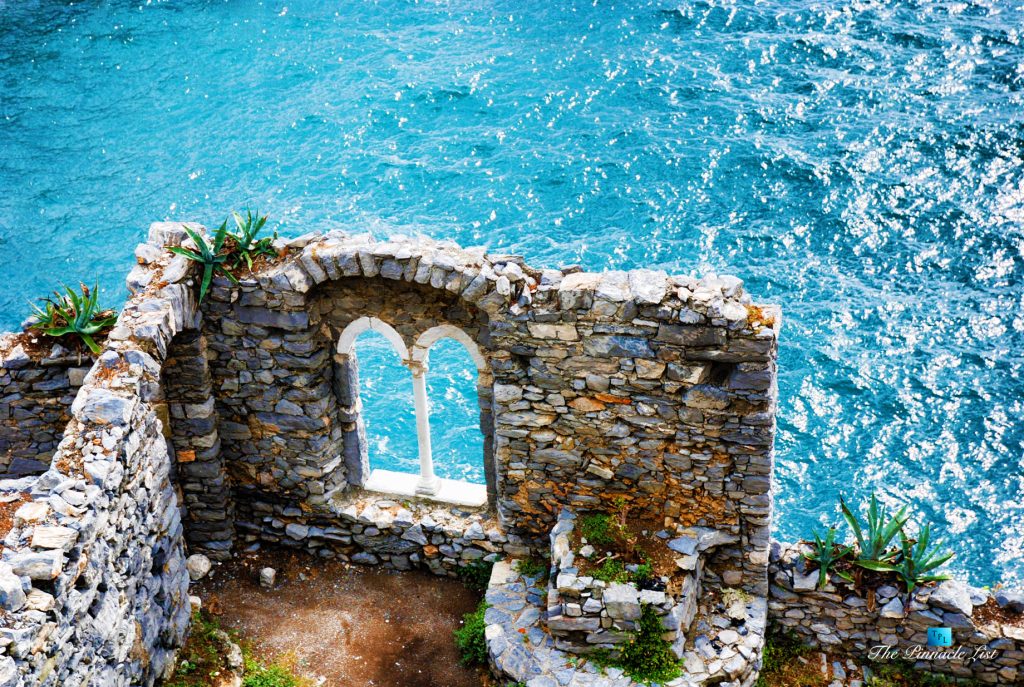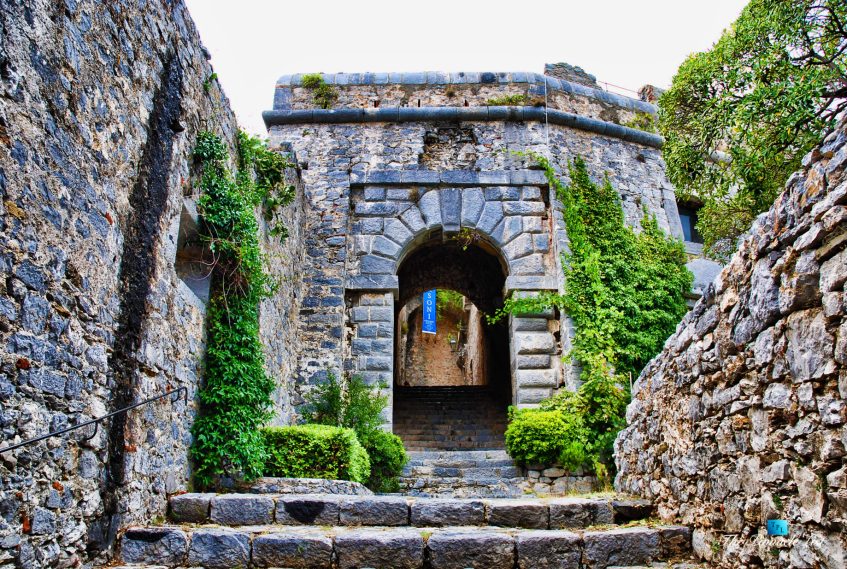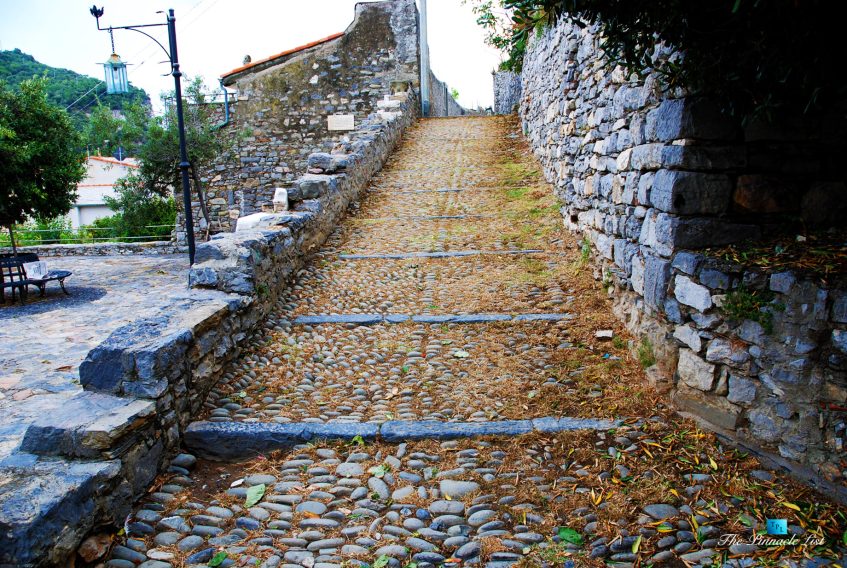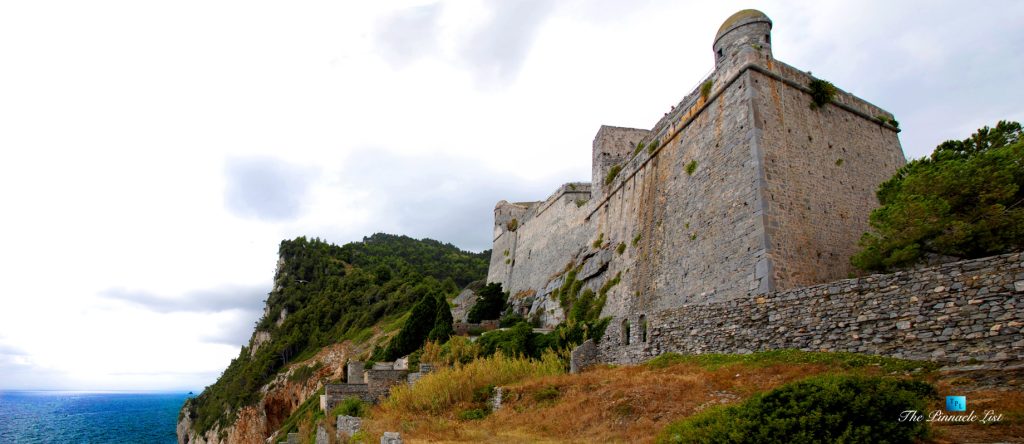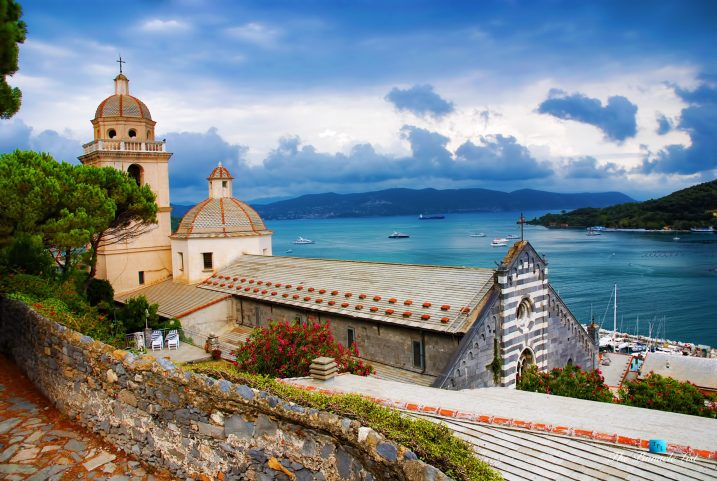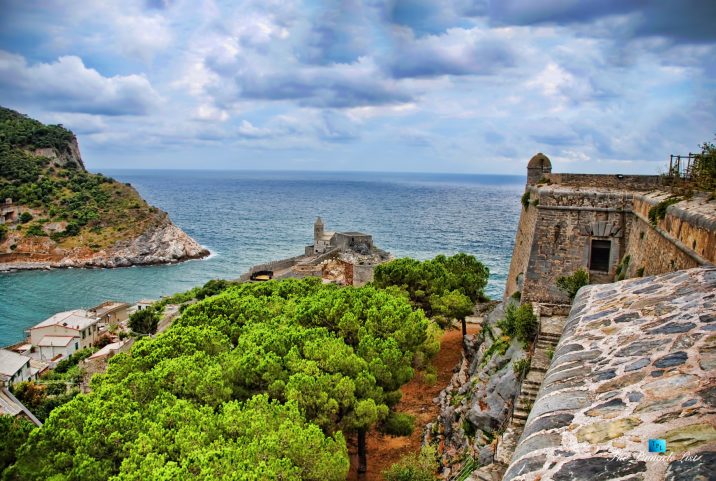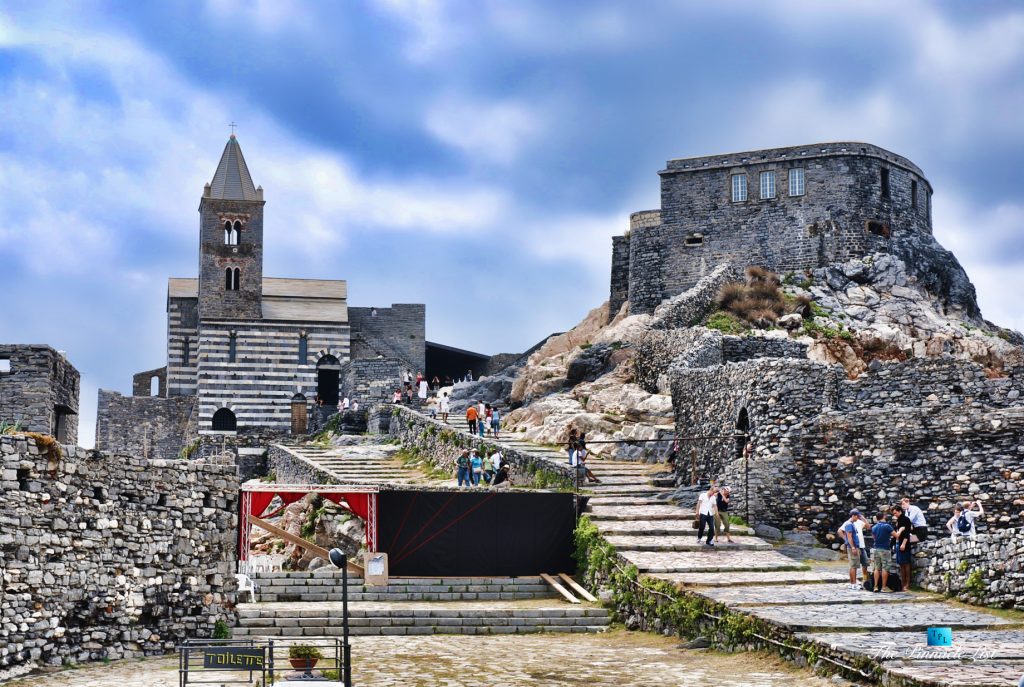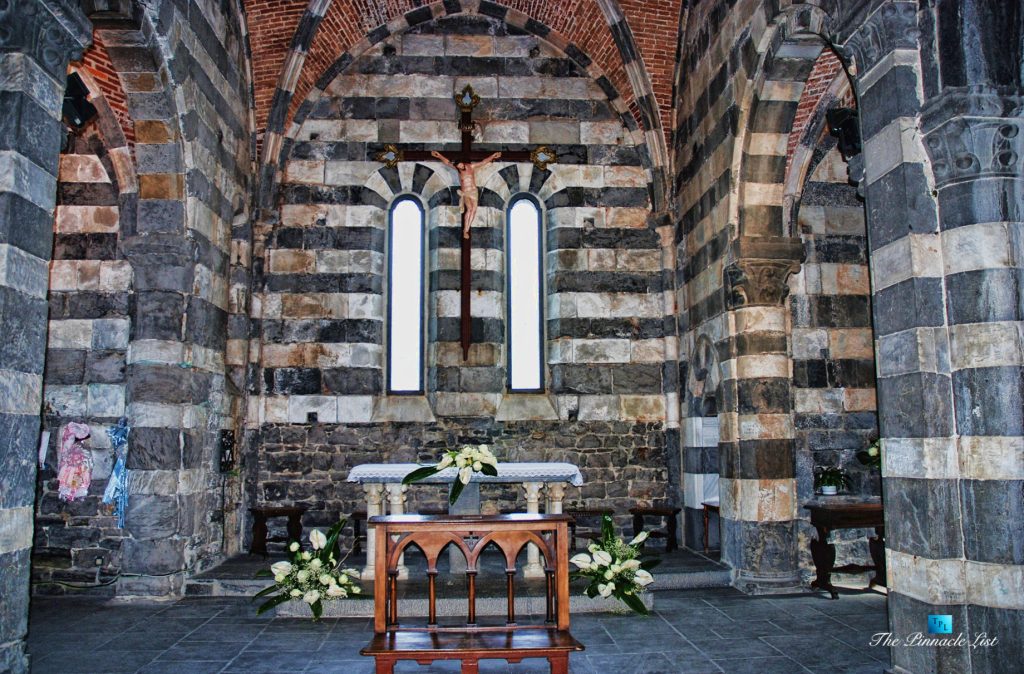
Tucked away in the northwestern area of Italy, Portovenere is a town that dates back to at least the middle of the first century. The ancient town is a hidden treasure for tourists and even residents of Italy to still discover.
When people first hear of Portovenere, the natural comparison is matched against world-renowned Portofino, but when visited, the two places are completely different. In fact, it can be said that Portovenere is a much more inspiring region to visit because of the breathtaking landscape that has been naturally designed by mother nature, with mankind adding its touch over time. The history here is rich.
The Portovenere region is home to the town and official commune of Porto Venere, located on the provincial coast of La Spezia, in the region of Liguria. Rocky horizons, lush forests and vegetation, completed with channels of water supplied by the Mediterranean Sea, surround this area.
Perhaps the most profound picturesque scene of Portovenere is the strip of homes that lay across the shoreline of the marina. It’s quite the sight. The homes are crammed together, which provides a narrow living space, but the colorful exterior design of these buildings, along with the preserved olden day look is what surprisingly keeps the real estate market strong in Portovenere.
The strip on-looks the Gulf of Poets and the Cinque Terre, which are a series of five lands that include Monterosso, Vernazza, Corniglia, Manarola, and Riomaggiore. Traveling to the high grounds of Portovenere is an awe-inspiring sight to bear witness.
The most expensive properties in Portovenere are the original homes built on higher elevation – a natural highpoint for real estate prices around the world. Living on top of Portovenere can give you an irreplaceable morning view on a balcony with a typical espresso to start the day in Italy.
There are three different types of residential properties you can buy in Portovenere:
- Holiday villas
- Historic apartments in the village
- Apartments outside the historic center
Due to the fact that Portovenere began in the middle of the first century, the real estate market is one of scarcity. Home sales are limited to what is already built, as it is impossible for builders and developers to construct new homes with no land available. In turn, prices for all homes available on the market are very high.
Outside of the historic center and into the town of La Spezia, some apartments were built in the 1970s. Since then, they have never ceased to be in high demand. The apartments boast an amazing view facing the Mediterranean Sea.
When speaking in terms of generalization, most villas in Portovenere have been sold for €15,000 per square metre. Though all homes must remain preserved to what was originally built years ago in terms of exteriority, the interior of every home is renovated to a modern way of living. Renovations generally cost around the €5,000 per square meter mark.
Beyond appreciating the homes, the natural beauty that is Portovenere must be appreciated too.
Portovenere is rich in history. Doria Castle, once bolding the cliff with might; now remaining in ruins, is one of the most featured attractions for tourists. Doria was a family of extreme wealth, as they played a major role in the history of Italy and the Republic of Genoa from the 12th century to the 16th century.
Though the Doria family dynasty is no more, their wealth carries on as a landmark with the remnants that remain from their original castle structure. Roads that were built hundreds of years ago, leading to the Doria Castle, remain intact for tourists to walk on.
The ancient road passes by the Romanesque Church of St. Lawrence, which was built in 1098 by the Genoese. It occupies the site of ancient temple dedicated to Romany mythology of Jupiter. A fire took the church ablaze in 1340, and then an attack in 1494 by the Aragonese. A full restoration was completed by 1582.
The panoramic view atop Doria Castle is something to be enjoyed by all visitors. While taking in spectacular views atop Doria Castle, you will notice another structure located at the onset of the open sea, beyond the castle’s courtyard trees. That structure is the Gothic Church of St. Peter.
St. Peter Church was consecrated on the rocky point in 1198. It was built over a pre-existing 5th century Palaeo-Christian Church, which had a rectangular plan and semicircular apse. The new part, from the 13th century, is marked outside and inside by black and white stripes.
Once you visit Portovenere for the first time, it will become apparent to you that this area is a definite destination on the northwest coastline of Italy – a hidden treasure among other tourist destinations in this remarkable country. Make it a special trip to explore the ancient lands of Portovenere!
